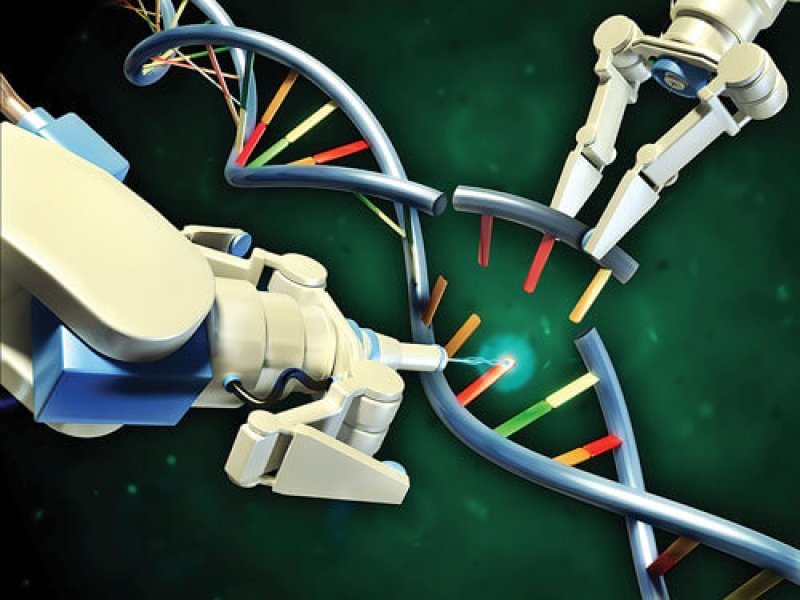The GLP aggregated and excerpted this blog/article to reflect the diversity of news, opinion and analysis.
In 2003, biologists from the Human Genome Project announced that they had learned how to read an entire human genome. Now, they want to try to write one. In other words, researchers have reached the stage where they want to build the genetic instructions that form the blueprint for living cells. The idea, outlined in Science, is exciting, audacious and also controversial.
So why court controversy with such a seemingly outlandish proposal? In fact, the idea goes back to the results of the original Human Genome Project that are now providing greater understanding of the causes of cancer, heart disease and schizophrenia while also shedding light on human evolution.
For a start, there is the puzzling fact that only about 2% of the sequences that make up our genes actually direct the production of proteins. This leaves nearly 98% of the human genome apparently unaccounted for. To understand more fully how a genome works we therefore need to build one to try to elucidate the role of this 98% “junk DNA”.
Read full, original post: We’ve learned to read our genes. Now we need to start writing them































